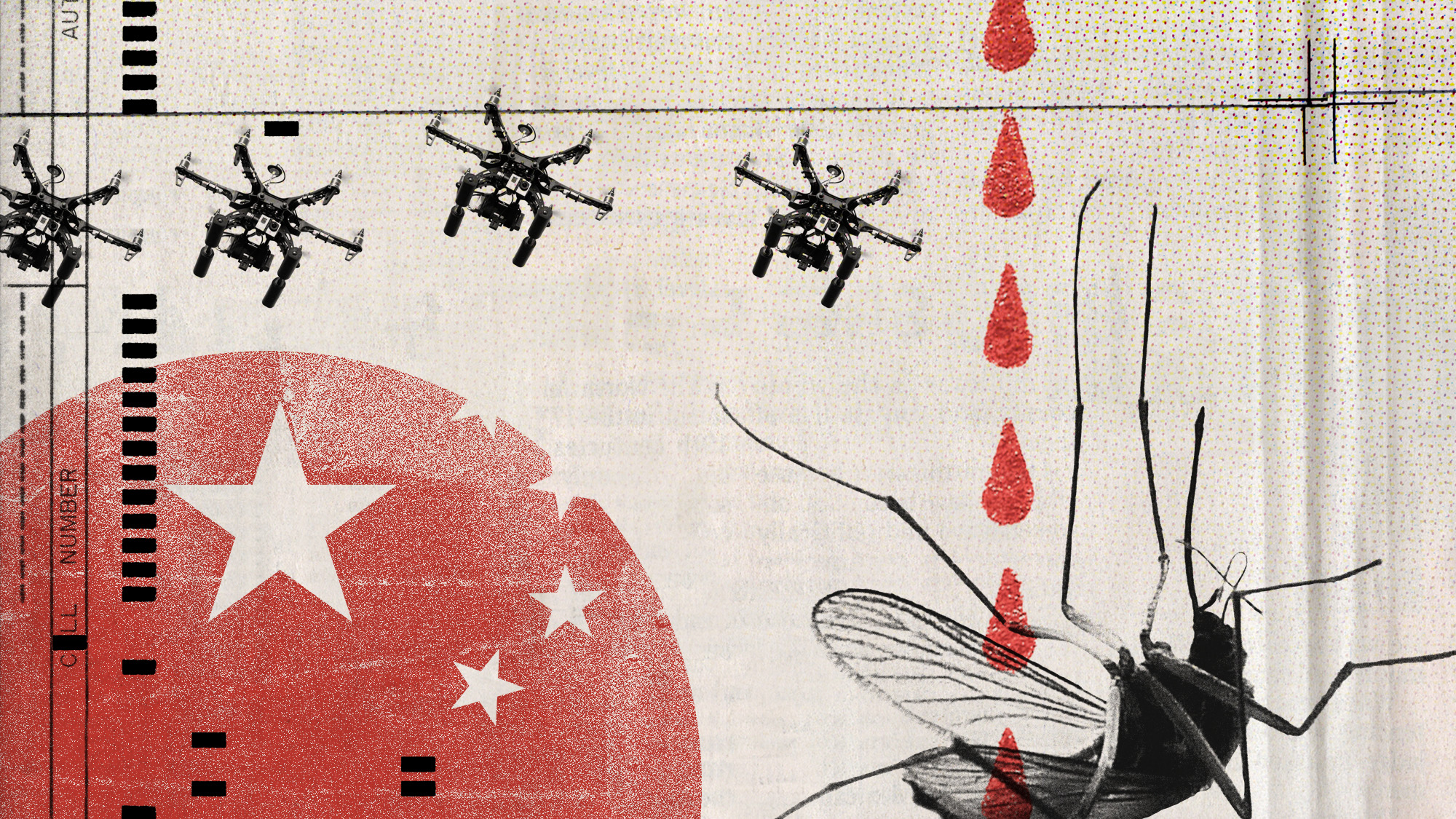China is ramping up its efforts to combat a surge in chikungunya virus infections, particularly in the southern Guangdong province. Following the detection of over 10,000 cases of this debilitating disease, public health officials are employing a mix of traditional and innovative tactics to contain its spread.
Chikungunya is transmitted by infected mosquitoes, primarily the Aedes species. In response to the increasing number of cases, authorities have implemented rigorous public health measures reminiscent of those used during the Covid-19 pandemic. These include mass testing, mandatory quarantines, and strict surveillance protocols. In addition to these conventional approaches, China is utilizing some unique methods in its fight against the virus.
Innovative Approaches to Mosquito Control
One of the more striking strategies involves the introduction of giant mosquitoes known as “elephant mosquitoes.” According to a study published in the Journal of Tropical Medicine, the larvae of these mosquitoes are voracious predators of Aedes mosquito larvae. A single larva can consume thousands of its counterparts, effectively reducing the population of the mosquitoes that spread chikungunya. This tactic has drawn attention for its potential to make a significant impact on mosquito control.
Additionally, researchers at Sun Yat-sen University in Guangdong have deployed 5,000 larvae-eating fish into local lakes to further combat the mosquito population. These fish consume the larvae that hatch in stagnant water, contributing another layer to the municipality’s mosquito management strategy.
Insecticides are also being widely used, with masked soldiers seen spraying chemicals in urban areas, including streets and construction sites, as reported by The Associated Press. The use of drones has been introduced to locate standing water, a common breeding ground for mosquitoes. These drones help identify areas that require immediate action.
Community health workers are actively inspecting homes, going door-to-door to encourage residents to eliminate any standing water, including pet bowls, as part of their efforts to lessen mosquito habitats. This grassroots approach has been widely reported on local social media platforms, highlighting the involvement of the community in tackling the outbreak.
The Global Context of Chikungunya
The chikungunya virus was first identified in Tanzania in 1952 and has since spread to over 110 countries, predominantly in sub-Saharan Africa, Southeast Asia, and South America. The name itself derives from a Swahili dialect, meaning “to bend over,” which reflects the severe joint pain that often accompanies the infection. While the virus is rarely fatal, it can lead to serious health complications, especially among vulnerable populations such as newborns, the elderly, and those with pre-existing medical conditions.
Recently, an additional 1,387 cases of chikungunya were confirmed in China, according to data from the Daily Mail. Although this number is a decline from the previous week’s count of 2,892 cases, it underscores the ongoing challenge posed by the outbreak. Infections have also been reported in areas beyond China, including Taiwan, Hong Kong, Europe, and the United States.
As the situation continues to evolve, China’s innovative response to the chikungunya virus highlights the need for adaptable public health strategies. The combination of traditional measures and novel approaches may serve as a model for managing similar outbreaks in the future.
































































